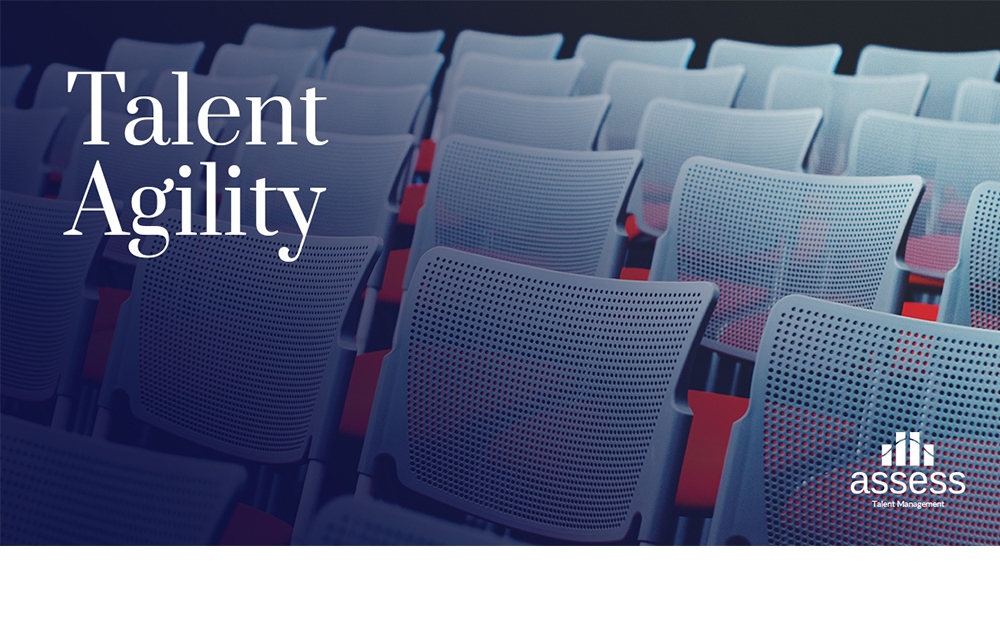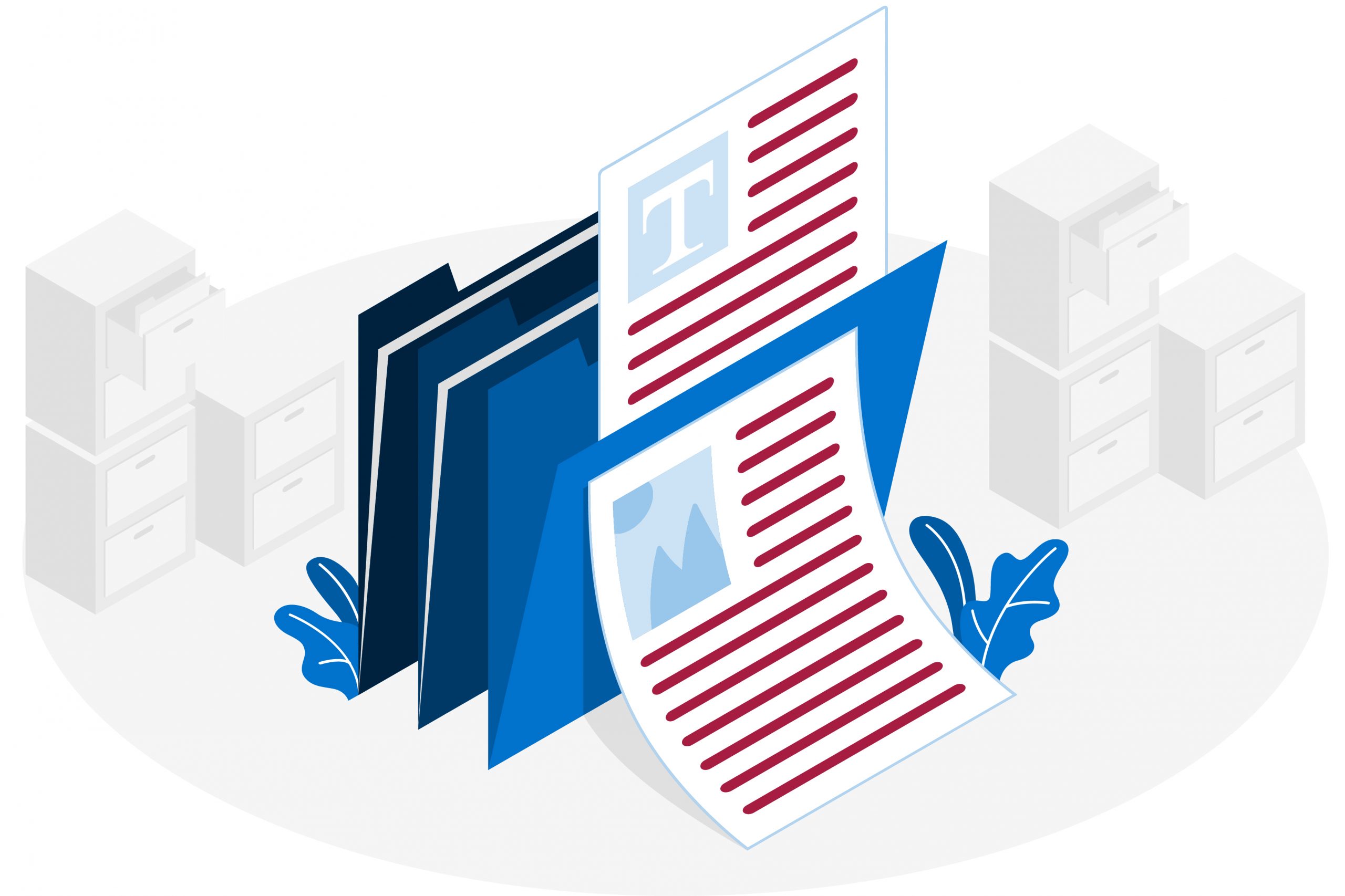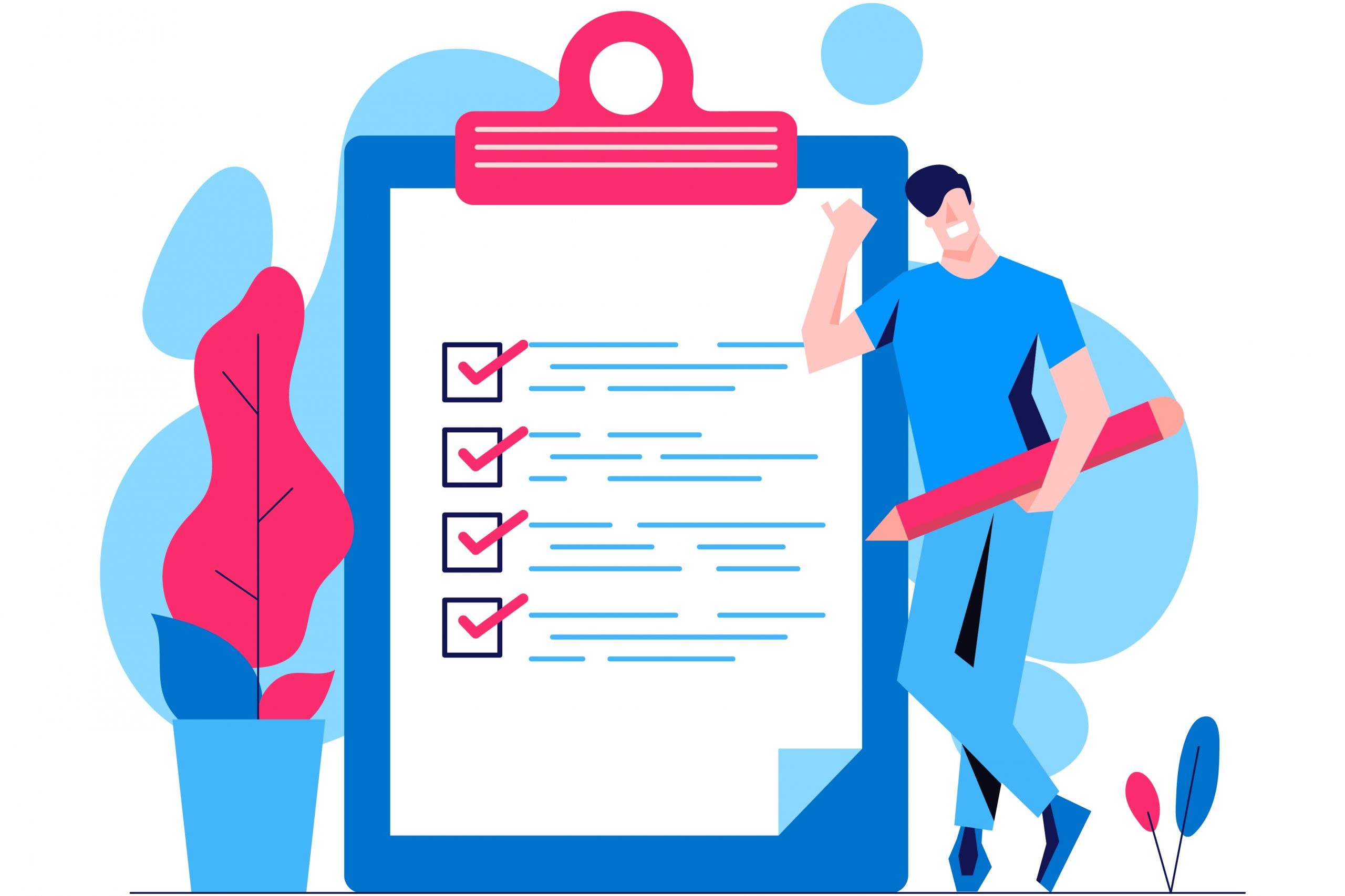Talent Agility Imperative Post Covid19
Published by ASSESS on

While many businesses have withstood the economic shock brought on by Covid19, nonetheless making amendments within the organization’s practices and strategies would be of an inevitable need. Numerous imperatives are likely to dominate the planning phase such as changes in the business goals, product/ service offerings, differentiation, operations management, HR practices, pricing strategies, among countless other factors.
Focusing our attention on the HR practices, we shall discuss the imperatives of managing your business post the pandemic with a human resources perspective, embracing talent agility in particular.
Talent agility is the company’s ability to respond to external force majeure in an efficient and swift manner, by adapting the composition of their workforce to meet the current market requirements. While the crisis has led to the disruption of many business models and supply chains, it has also brought about novel business opportunities for others who were able to implement the concept of agility to support through the recovery phase and drive future growth.
Talent Agility Imperative
Mastering “Talent Agility” can be accomplished by following three steps, which would lead to developing a talent agile workforce, thus harnessing the uncertain conditions more effectively.
Step 1: Talent Assessment
Assessing the current talents in the organization is a crucial step, as no organization can move forward without knowing where it stands in regards to its human capital; hence, the capabilities of its employees. In order to do so, organizations ought to conduct ability assessments – also known as Aptitude Assessments- that are customized to measure the intended, be it numerical reasoning, verbal reasoning, logical thinking, and/or critical thinking. Other than pinpointing the areas of strengths and weaknesses, it may also reveal hidden talents that could be of value-added to the organization. P&G for instance has embedded this kind of assessment in plotting the training programs for the existing employees.
Another method instigated to assess talents from a different angle is conducting assessment centers, which allow for the objective assessment of employees in real-life contexts; thus, capturing insights that reflect employees’ behaviors and tendencies that are likely to emerge in workplace situations. In other words, the exchange in the interpersonal dynamics helps in measuring competencies, such as communication, decision-making, leadership, flexibility, and adaptability; which are all crucial to make it through the challenging new business context post Covid19. Organizations may choose between in-house vs employing external human resources consultants to complete this stage, depending on their resources whether human capital, available tools or budget.
Step 2: Competitive Assessment
After finalizing the talent assessment phase, comes the competitive assessment to gain insights on the competitors’ efforts in shaping their talent pool. The aim of this step is not to imitate them, but to benchmark your organization against others and understand their vision and strategy. This stage also serves in the company’s employer branding by promoting what differentiates the organization from the market.
Step 3: Implementing necessary HR practices
After concluding the scores of the assessment, and having an idea of the competitor’s strategy, decision-makers may now act upon as necessary with reference to the employee talents, as the below available alternatives suggest
- Upskilling Existing Employee Talents:
As the assessment has identified employee strengths and weaknesses, HR practitioners may start by nurturing them and providing the training & development programs deemed as vital, to allow employees leverage their skills and align them with the changing requirements.
- Acquire New Talents:
If the assessment results exhibit a lack of leadership, for instance, which is necessary to manage through change, then this shall be integrated into the organization’s recruitment strategy and succession planning interventions.
- Re-allocate Human Capital:
Adjust the organization’s talents with that of the uprising needs. This could be done by promoting top talents, or by facilitating internal talent mobility, which means re-assigning employees to positions that best fit them within the organization, and provides them with the opportunity to expand their skills. This is specifically significant if the dynamic changes have resulted in some jobs, and their relevant skills, becoming of more significance and relevance than other jobs.
To conclude, the process of talent agility is imperative in any organization operating in this era. The core of the process lies in the assessment phase – which if done correctly – will define the areas of strengths to be utilized properly and development needs to be flourished and set the pillar for the future wellbeing of the organization. If one thing shall be learned and embraced by this pandemic, is for organizations to be agile and build resilience to transcend these difficult times.



You must be logged in to post a comment.